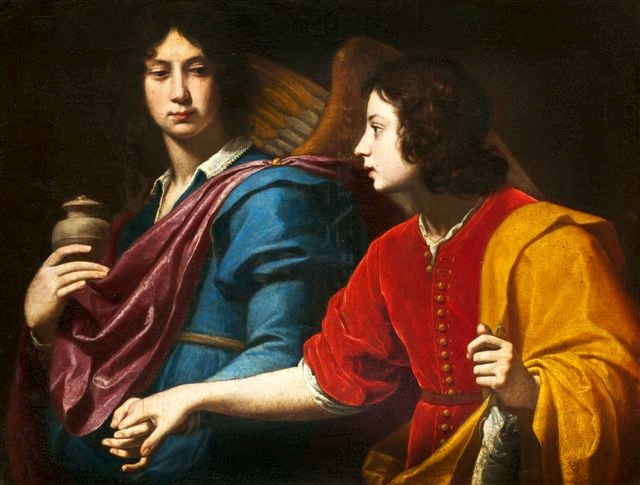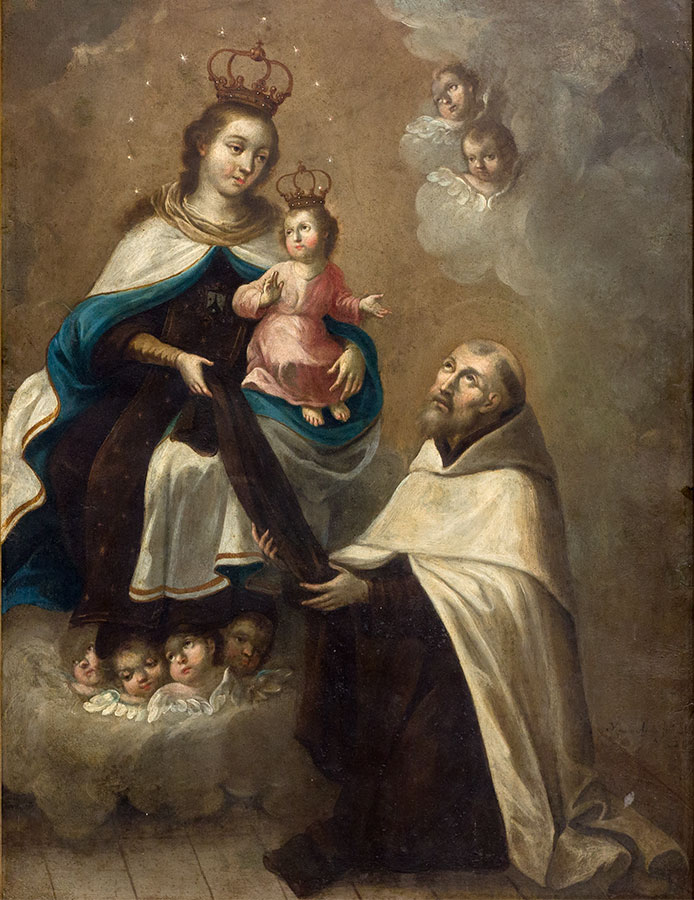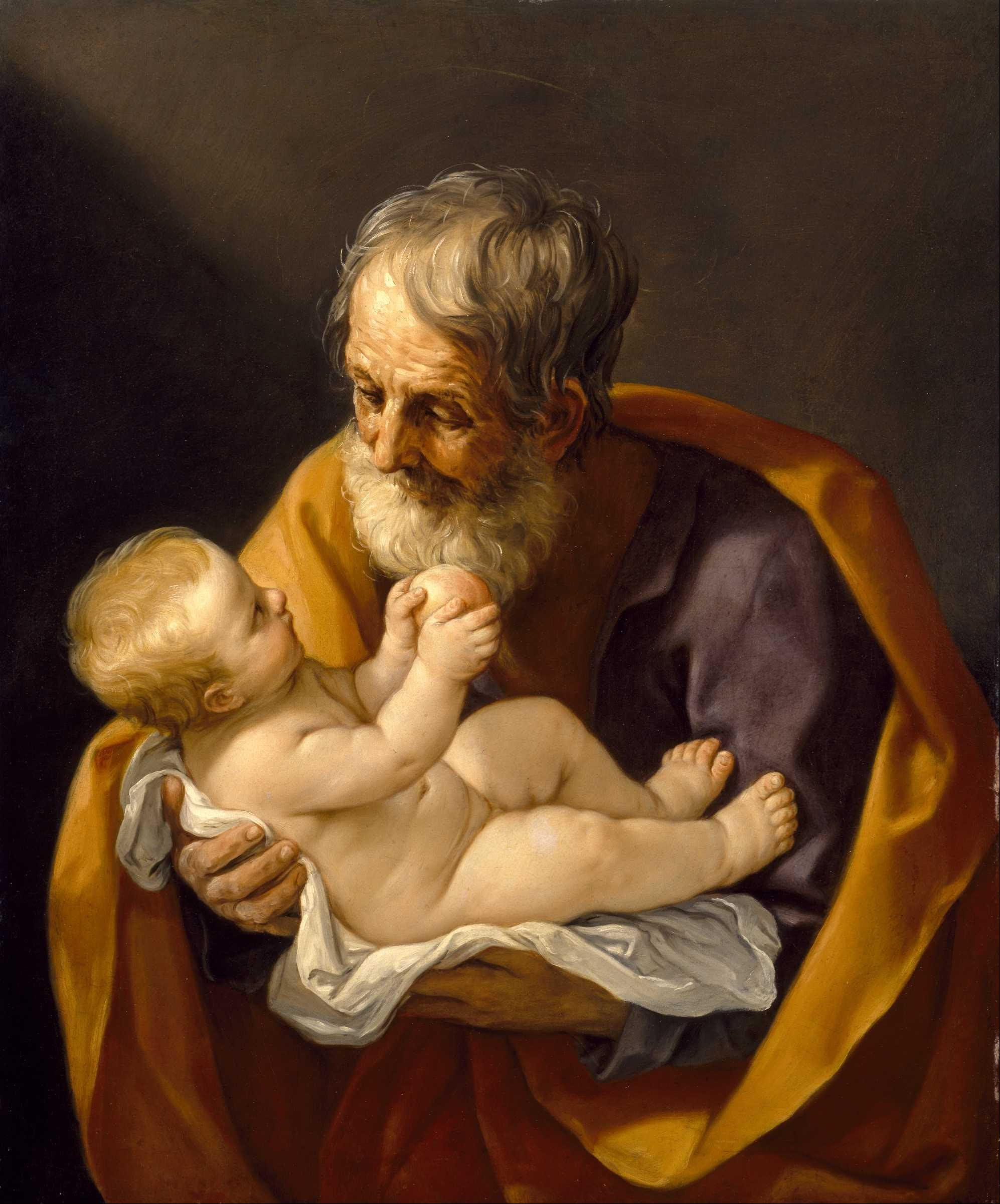What is it about the Traditional Latin Mass that attracts so many, especially the younger generations? As a card-carrying Millennial, I hope to provide some insight.
If you have walked into a Latin Mass with an open mind, you’ve likely been struck by the realization that something important is happening. The priest is not looking at you. He is focused on his prayers and posture. The congregation is mostly silent.
They are either focused on the priest, meditating, or corralling their family so that they can pay attention. The altar servers are moving quietly but diligently, genuflecting every time they walk across the center of the sanctuary. They are careful to perform their tasks efficiently and attentively.
At the same time, you are struck by how small you are in comparison. Everyone is focused or is trying to be focused on the Lord. If the Mass has begun, the volunteers have moved into the church, no longer greeting attendees or chatting outside. The prayers and readings are in Latin, because the priest is, usually, not speaking to you: he is speaking to God in an ancient language.
In fact, you aren’t even allowed in the sanctuary. This can be baffling at first, because we know through Scripture that Christ has pierced the veil and allowed us unprecedented access to the Father. But this access, at its high point in the reception of the Eucharist, does not mean that we can remove all boundaries.
In the Latin Mass, we experience the humble, intimate reception of Our Lord at the altar rail. Marking the limit of the sanctuary, it is the place where we receive Our Lord in the flesh and at the same time the reminder that He is far beyond us, dwelling in unapproachable light.
In a High Mass, the incense, bells, and Gregorian chant create a heavenly atmosphere, marshalling each of our senses and directing them to God.
The procession of the Book of the Gospels and the consecration of the Eucharist are treated with fanfare and reverent silence respectively, signaling the significance of the Word of God. At a Low Mass, a monastic silence permeates the church, calling for discipline, attentiveness, and meditation.
At the Old Mass, the Sacrifice of Calvary is the focal point. Christ has come in the flesh, and He has given His life for us on the Cross. He has transubstantiated bread and wine into His own Body and Blood, and He allows the priest to re-enact this Sacrifice, making it truly present and effective for us.
The solemn atmosphere makes it clear that this is not just a community gathering or a nice reenactment: this is a real sacrifice, an act of worship. Even if we don’t experience these thoughts at the Mass, the fact remains that this is what all the solemnity is for, whether or not we realize it.
The priest knows this, or rather he must acknowledge it by his very posture. He faces liturgical East, the direction of the rising sun, which symbolizes the Sun of Justice, Jesus Christ Our Lord. It symbolizes the Resurrection, which each Sunday represents. It is where we look for Christ’s return at the end of the age. He only turns to face the people when speaking directly to them, but otherwise he must speak quietly and reverently to His Lord. The Mass is about the worship of God in Christ.
The prayers of the Traditional Latin Mass speak of this same thing. The Ordinary, the unchanging part of the Mass, does not give the priest any options. He is constrained, for the sake of worship, to use the specific set of prayers handed down from the authority of the Church and painstakingly adjusted by the working of the Spirit through the centuries.
The prayers at the foot of the altar, Kyrie, Confiteor, incensing prayers, and Canon never change. The priest prays them in union with those who have gone before him, settling into his role as mediator between God and man in persona Christi. He stands ready to make supplication on behalf of the people.
These prayers were chosen and developed because of their expression of worship and supplication, and because of their ability to call to mind Christ’s redeeming Sacrifice. In the same way, the readings of the Old Mass, stable from year to year, draw us ever more deeply into the high points of the covenant, and help us to memorize Christ’s most important actions and messages.
Scattered throughout are the Propers, short prayers that re-focus us on the worship and sacrifice which is the point of the Mass.
Whenever there is an anniversary of a saint, the ancient liturgy takes a step back and focuses on God’s wonderful work in that holy man or woman, rejoicing but never failing to give God the glory.
Even when the feast falls on a Sunday, short commemorative prayers are still made, giving the faithful greater access to the communion of saints without overloading them with information. To better instill the virtues into the listeners, the same readings are often repeated for saints in a particular group: confessors, martyrs, priests, virgins, religious, etc.
When we finally come forward to receive Our Lord in the Blessed Sacrament, we do so kneeling and on the tongue, to show our submission before God and our unworthiness to be made partakers of the divine nature. It is an unfathomable gift to receive God in the flesh, but we are allowed to do so if only we acknowledge His glory.
Each of these things culminates to impress upon the faithful the truth, goodness, and beauty of the Latin Mass, but most importantly the truth, goodness, and beauty of God Himself. This is the basic reason why so many are coming to the Latin Mass: it brings God, and God is precisely Who the world needs.
Speaking from my own experience, the Latin Mass and traditional Catholic devotions offer something stable and dependable in such a turbulent time. I am thinking both of the world and of the Church herself.
In the world, we have sin, bitter polemics, and many who are corrupt. In the Church, we have sin, bitter polemics, and many who are corrupt. Of course, the Church will never be destroyed: she has her guarantee from the Holy Spirit, from God Who cannot lie. But things are difficult in every sphere today, and it’s good to take refuge in those parts of the Church that do not depend on man.
This is why I and many others have grown to love the Old Mass. Not so much because it is old, but because it brings us God, and it does so more clearly than most anything else many of us have experienced. I hope that this is what you experience when you attend, and I pray that this is what readers see when they hear the witness of my friends in our anthology, Ever Ancient, Ever New.
The author’s newly released book, Ever Ancient, Ever New: Why Younger Generations Are Embracing Traditional Catholicism, is published by TAN Books.









